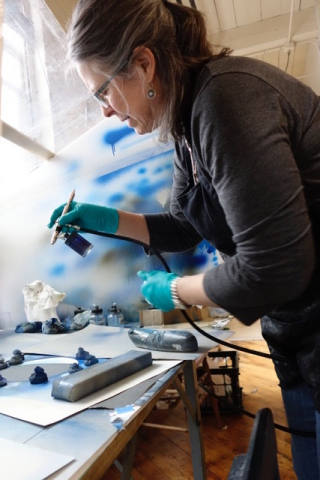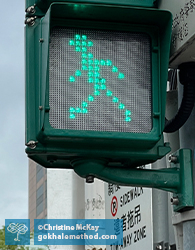
This famous bust of Nefertiti (c. 1370 – c. 1330 BC) exhibits a forward-protruded head. Original image courtesy Wikipedia user Philip Pikart under CC-BY-SA 3.0.
In my travels, I enjoy visiting museums. In a concentrated space and in a short few hours, I am able to travel back in time and over large distances, and compare people from different cultures. What a remarkable gift from the craftspeople of the past!
Many museums have a well-developed Egyptian collection. The Egyptians’ expertise in preserving their dead as well as the dry Egyptian climate has yielded a bounty of specimens from... Read more







